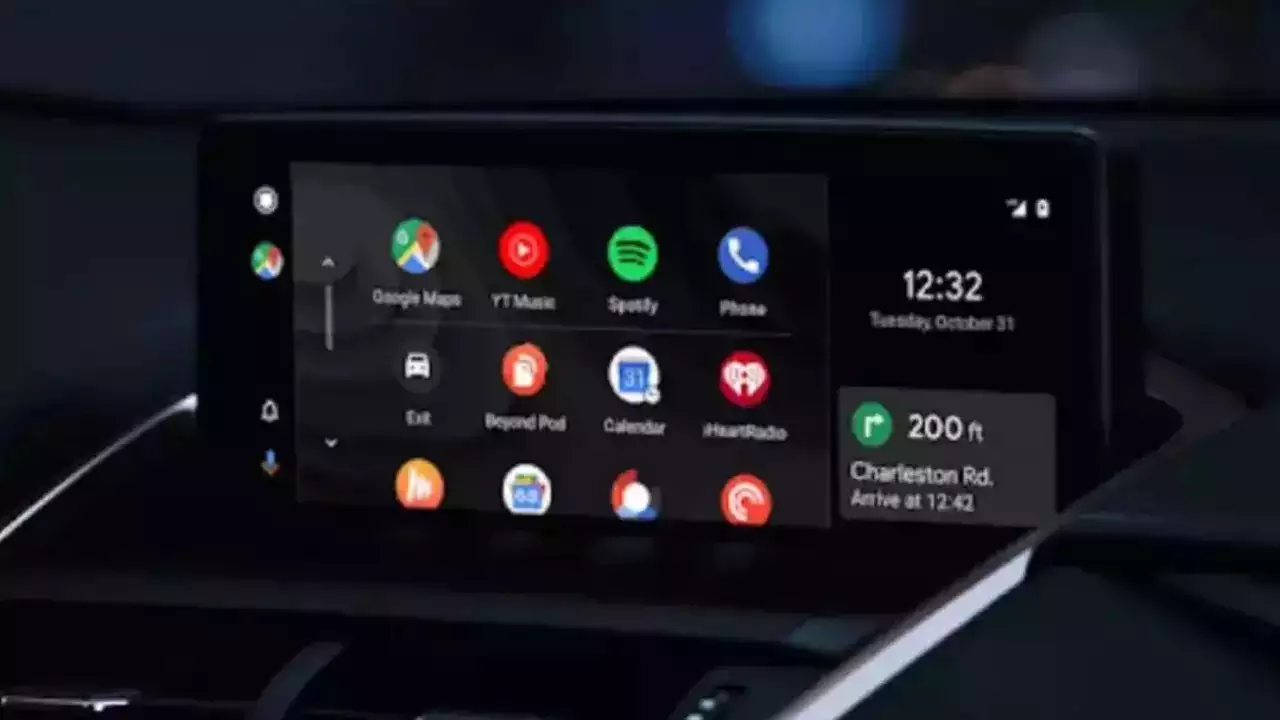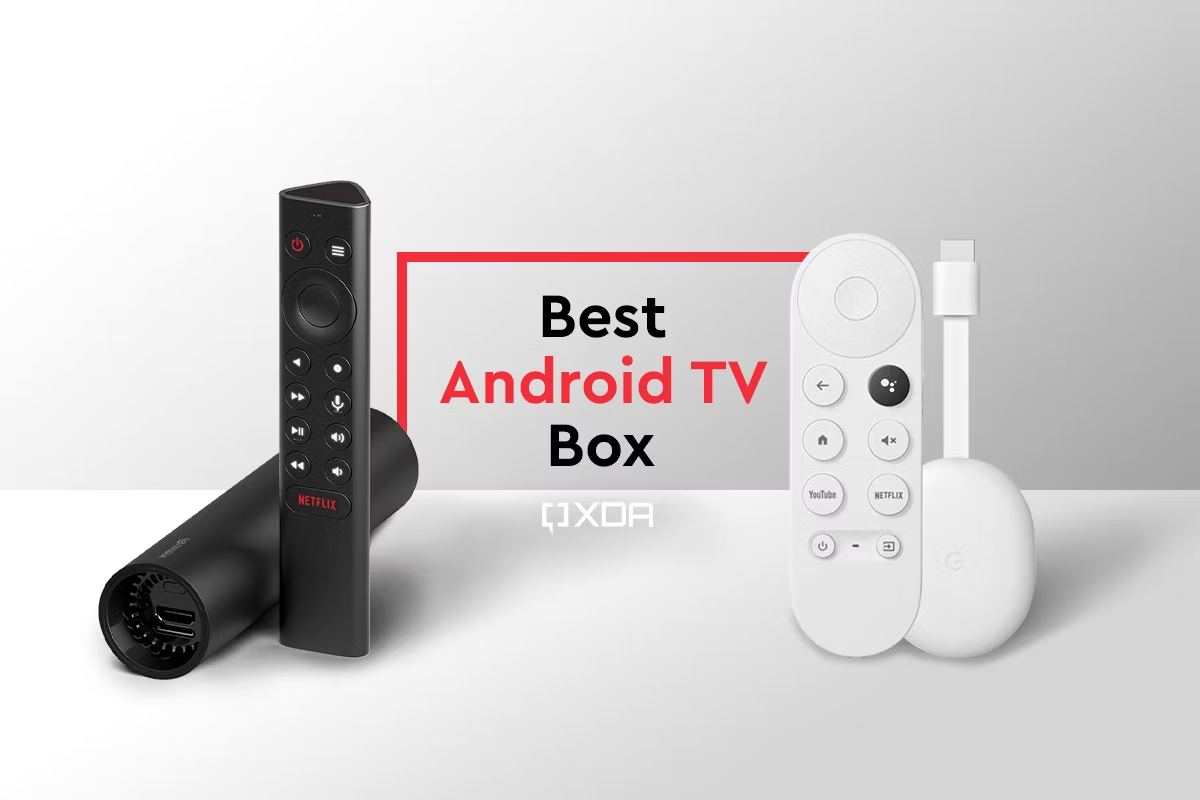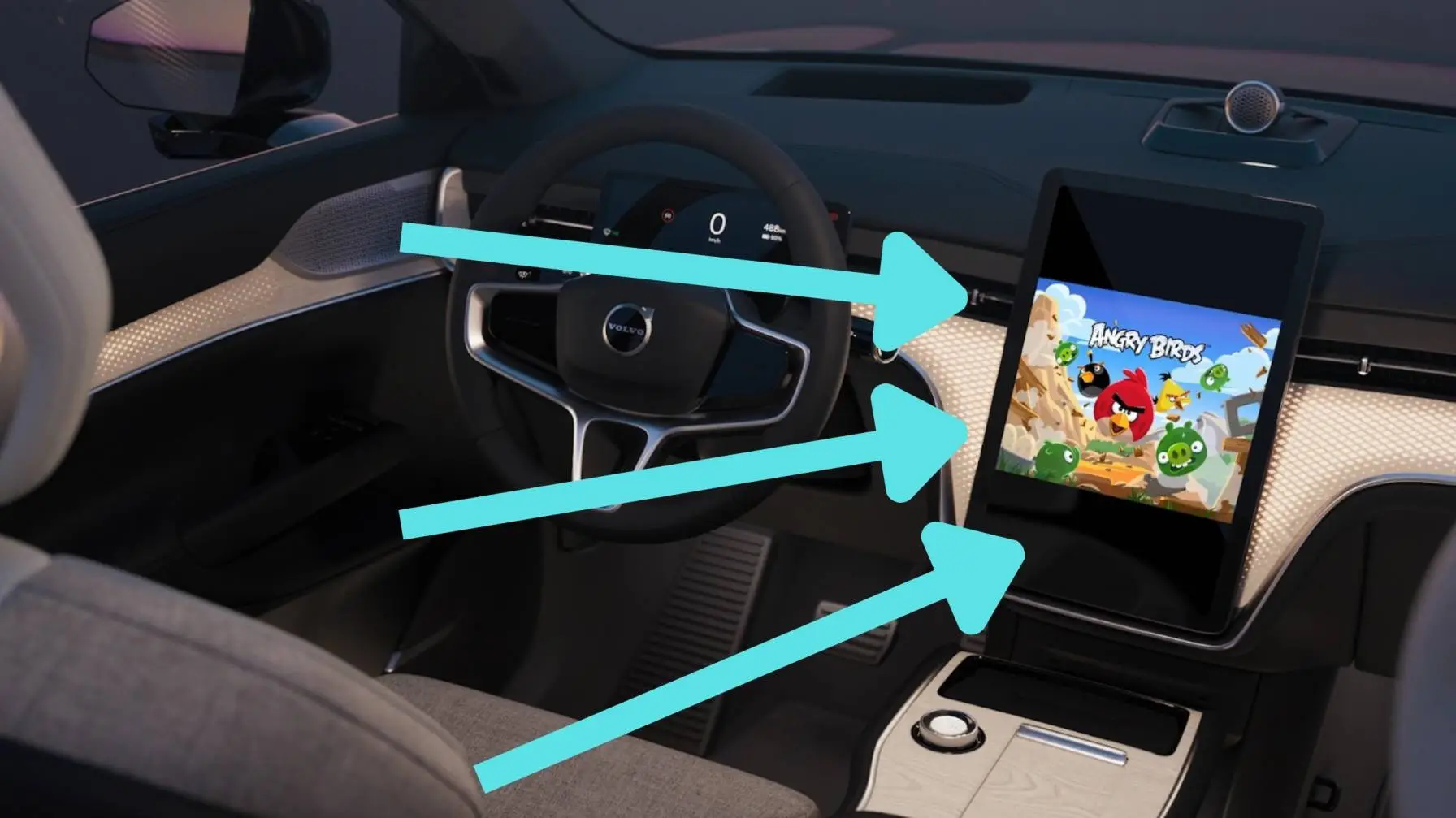
The promise of Pinterest
Pinterest monetizes primarily through advertising, but its ads platform has unchangingly felt like a missed opportunity, expressly for ecommerce advertisers. Pinterest is substantially a consumer goods and services discovery platform. The value of purchase intent signal captured by Pinterest from its cadre product use specimen — towers vision boards consisting of image and video content — is ostensibly immense, expressly when compared to platforms like Snap and Meta, which garner very little purchase intent from native content interaction and must recoup for that by aggregating third-party data from their advertisers.

Pinterest went public with a valuation of just under $13BN in 2019 with 250MM MAUs. Per its Q4 2022 results, the visitor currently hosts 450MM MAUs with an $18BN market capitalization. Pinterest’s ARPU was $1.06 at the time that it filed to go public; since then, its ARPU has grown by 85% versus MAU growth of 80%. Pinterest’s global ARPU in Q4 was $1.96, lagging that of Snap ($3.47) and Meta ($10.86).
In June of last year, Pinterest’s founder and original CEO, Ben Silbermann, transitioned into the role of Executive Chairman, and the visitor appointed Bill Ready as CEO. Ready joined Pinterest from Google, where he served as President of Commerce, Payments & Next Billion Users. Ready was unmistakably handed the reigns of the visitor to modernize its razzmatazz performance related to commerce. The company’s MAU had been roughly unappetizing in the quarters surpassing Ready joined, although it has since inflected up, with 4% MAU growth on a year-over-year understructure in Q4 2022. And Pinterest saw 4% year-over-year revenue growth in Q4 2022 vs. 0.15% for Snap and -4% for Meta.

Pinterest pointed to a number of initiatives in its Q4 2022 earnings call that emphasize a newfound focus on razzmatazz efficiency and MAU growth. Among those:
A increasingly concerted focus on conversions and conversion efficiency with tools like mobile deep-linking:
Shopping ads growing 50% year on year, as well as, you know, not only solving for shopping, but giving easier conversions, easier worthiness for the user to connect with the place to buy through our mobile deep linking capabilities. And so, I shared, you know, how significant the percentage of, you know, revenue from shopping ads is coming from mobile deep linking. I think that is an early indicator of just how much we can do, not only to make increasingly of our content shoppable, but moreover our worthiness to momentum that full-funnel engagement where we’ve historically been, you know, much stronger at the upper and mid-funnel.
Note that mobile deep linking is neither new nor unique to Pinterest; I first wrote well-nigh the practice in 2014. But the relatively recent introduction of deep linking to Pinterest highlights how little effort had been invested into uncontrived response razzmatazz products by the visitor historically, as deep linking is likely the lowest-hanging fruit for a mobile-first ecommerce discovery platform.
Improved razzmatazz measurement:
In addition, we protract to modernize conversion visibility through our measurement solutions in a privacy-centric way to demonstrate the value that Pinterest brings to advertisers. For example, in Q4, we launched our conversion API, and we recently integrated this API with Shopify so the merchants can use our conversion measurement tool. Based on our tests, for advertisers using our conversion API with the Pinterest tag, we found an stereotype of 28% lift in the attributed checkout conversions and 14% resurgence in the checkout CPA metric. At CES this January, we spoken our new privacy-safe wipe room solution with LiveRamp and Albertsons.
Improved content personalization to momentum engagement and monetization:
I believe ads, when relevant and personalized, can be highly valuable content for users, fostering pure interactions between brands and consumers. In Q4, we launched ad load management with whole page optimization, which flexes ad load opportunistically in contexts where ads are most well suited for the user. In our initial testing, this crush double-digit improvements in ad relevance on search while simultaneously reducing CPAs for advertisers. We expect the whole page optimization will enable us to protract to modernize the efficiency with which we monetize our platform over time…We invested a lot in personalization and relevance last year considering we wanted to write worsening engagement. You’ve seen the results of that this quarter with growing MAUs, our mobile using user growth at 14% globally, up 5% year over year in the U.S. and Canada…So, the worsening engagement story is working considering we were investing heavily in personalization and relevance.
Increased ad load and a focus on video content (see: Unpacking Meta’s pivot to an unshut graph and short-form video):
Over the long term, we moreover want to make every pin shoppable. To that end, we’re making video content on Pinterest increasingly violating using the same playbook we unromantic to static images. Over the undertow of this year, we’ll be deploying our computer vision technology wideness our video corpus to find products and videos and make them shoppable. To make Pinterest increasingly shoppable, we’re creating a increasingly seamless handoff by taking the user directly to the product detail page on the merchant’s app.
Potentially opening Pinterest’s razzmatazz supply to third-party demand:
But we do believe there’s an opportunity to plicate our demand with third parties. And you mentioned one of those that we’ve washed-up once virtually retail media networks. We think there’s a lot increasingly opportunity in those. And, you know, we moreover think that, you know, leveraging third-party demand has been an underutilized lever here, particularly compared to other platforms.

Ready noted in the undeniability that Pinterest’s razzmatazz revenue currently breaks lanugo as roughly 1/3rd brand, 1/3rd conversion, and 1/3rd “consideration,” meaning ad pins or ad clicks. Given this distribution, the promise of Pinterest is that the visitor can tap into the intent inherent in the product’s cadre use specimen to momentum an increase in uncontrived response, conversion-oriented razzmatazz revenue. The tactics identified in the undeniability certainly point to that ambition.
.
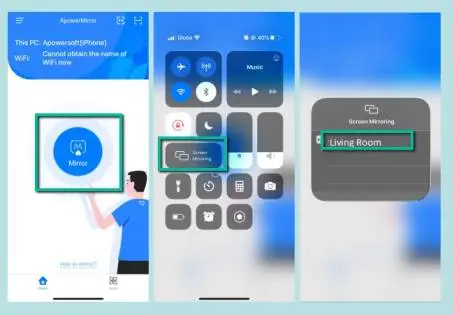
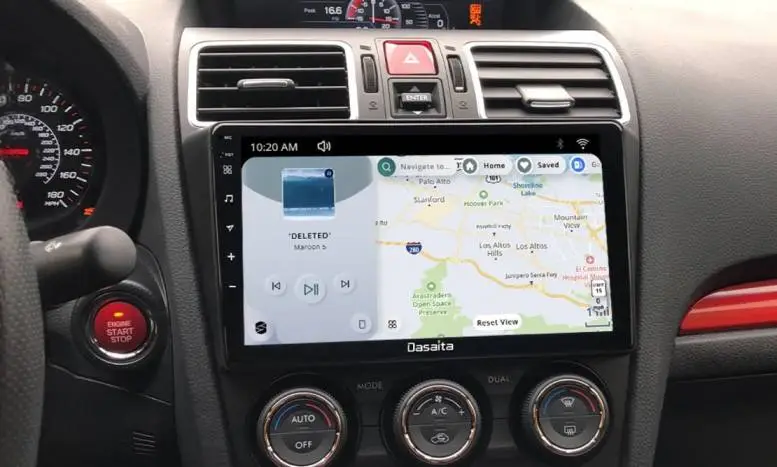
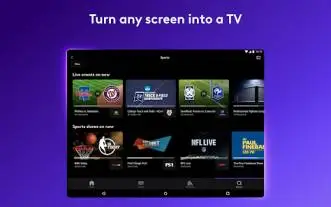
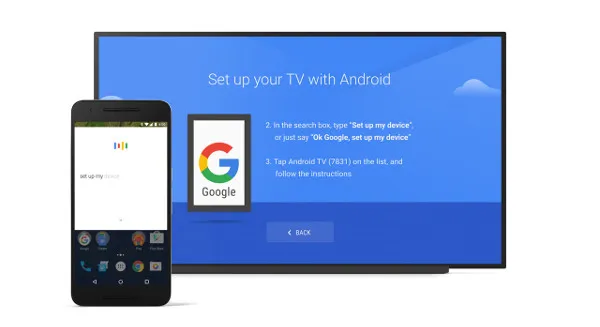
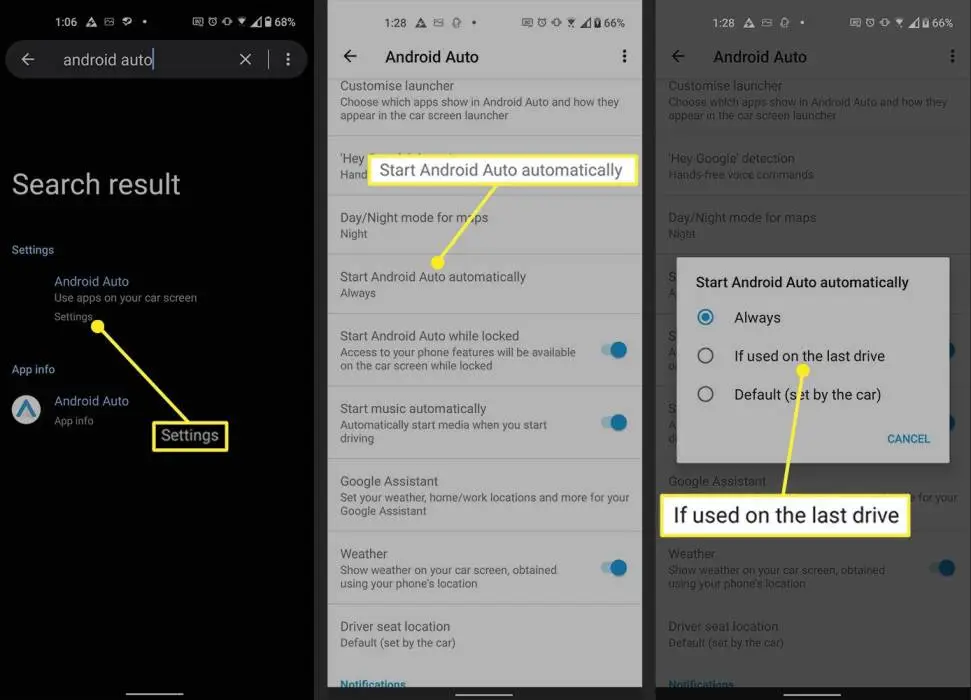
![How I Ditched Google Photos and Took My Backups Back [Video]](/featured/2024/07/ditched-Google-Photos.webp)

